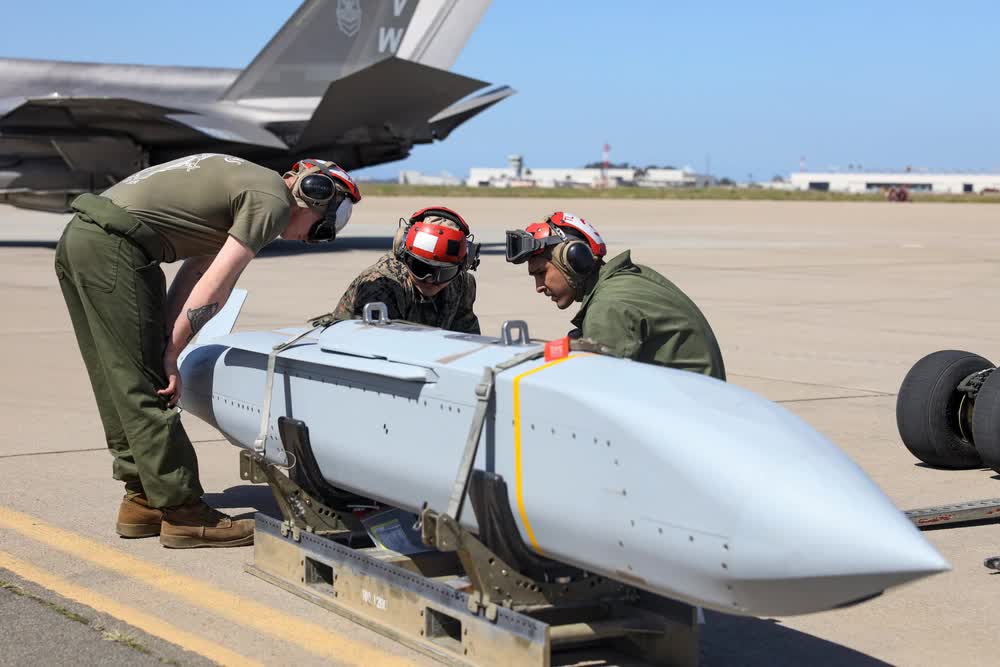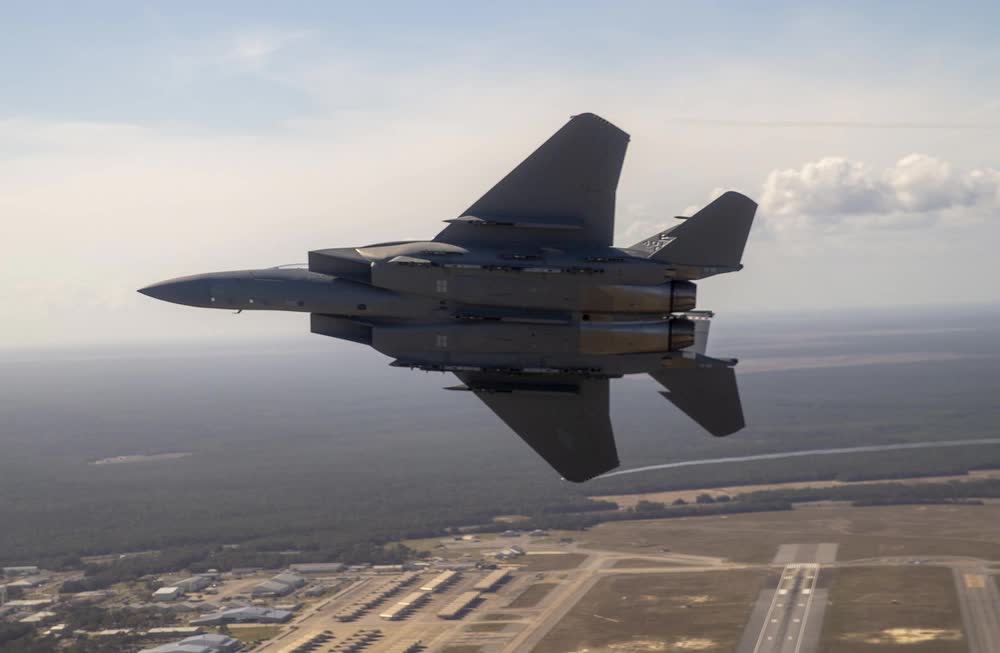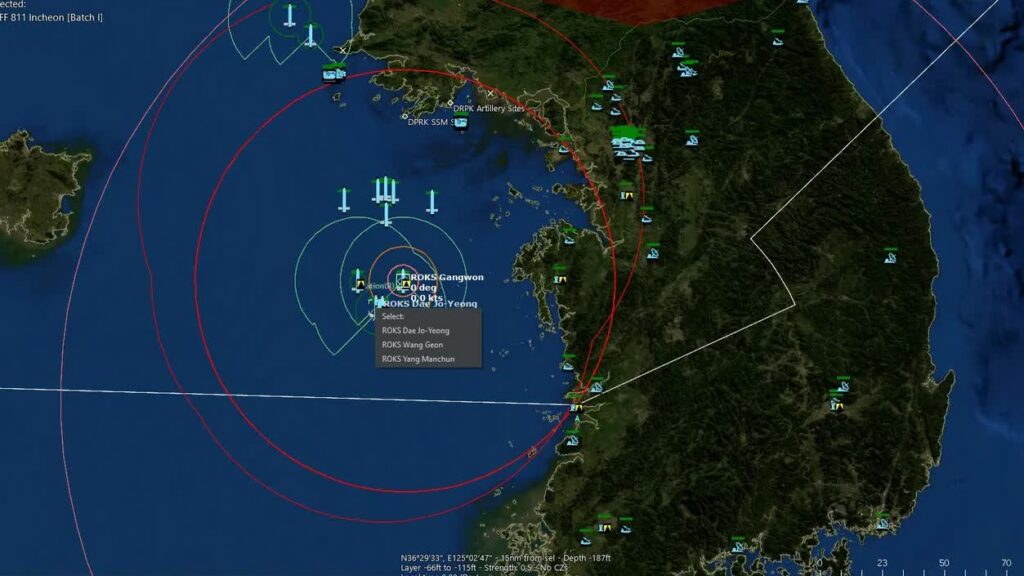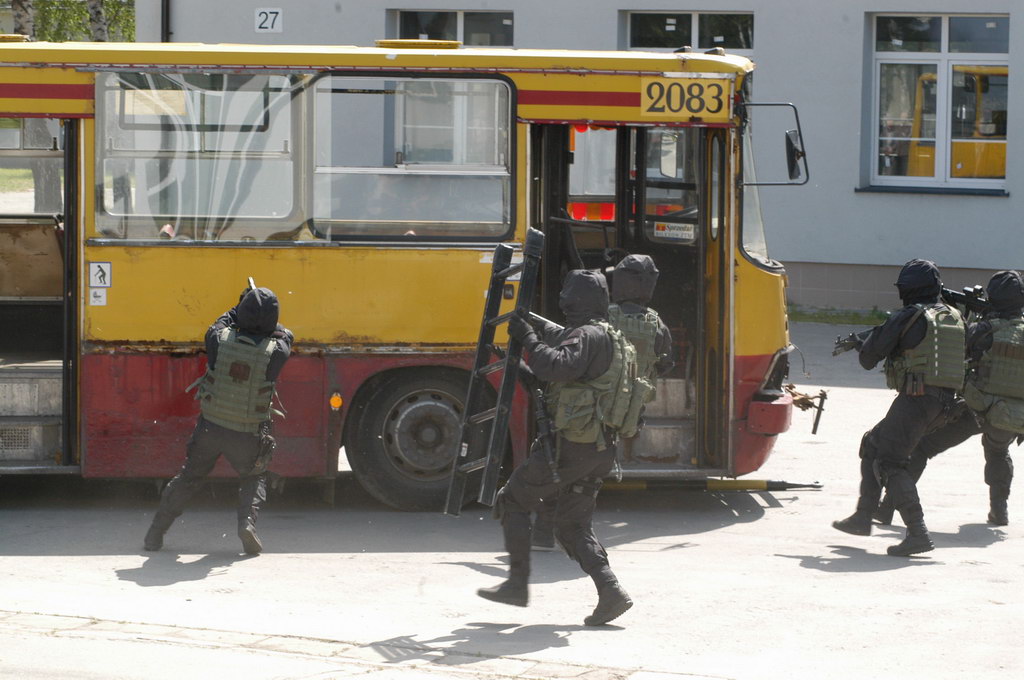Ukraine’s getting powerful long-range glide bombs that will give its F-16s a new punch
- By Business Insider
Share This Article

This article by Jake Epstein was originally published by Business Insider.
The U.S. is sending Ukraine long-range glide bombs for its F-16 fighter jets, giving it new strike options.
President Joe Biden announced Thursday that he decided to provide Kyiv with the Joint Standoff Weapon to “enhance Ukraine’s long-range strike capabilities” as part of a larger security assistance package.
The AGM-154 Joint Standoff Weapon (JSOW) is an air-launched glide bomb with a range of more than 70 miles that has been in service since the late 1990s. The bomb, which weighs over 1,000 pounds and has wings that pop out during flight, is used by the U.S. Air Force, U.S. Navy, and several other militaries.
There are multiple variants of the JSOW, but reports say Ukraine will be receiving the one with cluster munitions, which are small bomblets that disperse mid-flight, potentially causing more damage than a unitary warhead could.
The JSOW is compatible with the F-16s Ukraine received from NATO countries over the summer. The U.S. has sent Kyiv air-to-surface and air-to-air munitions for the Amercan-made fourth-generation fighter jets.
The JSOW doesn’t have the reach of some other long-range munitions that Ukraine has, like Storm Shadow/SCALP-EG cruise missiles provided by Britain and France, but its profile as a glide bomb will make it a useful asset for Kyiv.
A glide bomb is a type of stand-off munition, meaning an attacking aircraft can release it from a distance. Ukraine already has glide bombs in its arsenal, including some provided by France and the U.S., and has used these weapons to strike Russian positions.
Related: Video: American F-35s landed on a highway near Russia
The U.S.-made JDAM has a much shorter range compared to the JSOW. The JSOWs will better allow Ukrainian F-16s to strike outside the range of Russian air defenses.
Russia also has glide bombs – some of which weigh over 6,000 pounds and have tremendous destructive capability – and has used them far more extensively to wreak havoc on Ukrainian civilians and troop positions.
Russia’s glide bombs have been a constant headache for Ukraine this year. These munitions are nearly impossible to intercept, so the only way for Kyiv to defeat them is to either shoot down the attacking aircraft or destroy the planes on the ground at their bases.
Through the use of long-range drones, Ukraine has been targeting ammo depots and air bases.
Biden’s JSOW disclosure was part of a larger announcement about new U.S. security assistance to Ukraine that totals nearly $8 billion. Notably, this aid package includes another high-profile Patriot air-defense battery and interceptor missiles.
Ukrainian President Volodymyr Zelenskyy, who visited the White House on Thursday, expressed gratitude for the new military aid, including the air-to-ground munitions.
“We will use this assistance in the most efficient and transparent manner to achieve our major common goal: victory for Ukraine, just and lasting peace, and transatlantic security,” he said.
Feature Image: U.S. Marines with Marine Fighter Attack Squadron (VMFA) 314, Marine Aircraft Group 11, 3rd Marine Aircraft Wing, inspect an AGM-154 Joint Standoff Weapon (JSOW) at Marine Corps Air Station Miramar, California, March 8, 2024. The JSOW is a fire-and-forget medium-range precision-guided weapon intended for use against soft targets. This loading of the JSOW is the first loading of the weapon system on the F-35C and the first time being loaded in a garrison environment in nearly 20 years. (U.S. Marine Corps photo by Sgt. Sean Potter)
Read more from Business Insider
- Netanyahu used his UN visit to ‘trick’ Hezbollah chief Nasrallah: report
- Armies will be able to maneuver on battlefields again, but it’s going to be difficult and bloody
- De-escalation in the Middle East is now up to Iran
- The shipbuilding empire fueling China’s naval rise is a juggernaut, but tough questions remain
- NATO is planning for mass medical evacuations in case of a war with Russia: report
Related Posts
Sandboxx News Merch
-

F-35 ‘Evolution’ Framed Poster
$45.00 – $111.00 Select options This product has multiple variants. The options may be chosen on the product page -

A-10 ‘Thunderbolt Power’ Framed Poster
$45.00 – $111.00 Select options This product has multiple variants. The options may be chosen on the product page -

‘Kinetic Diplomacy’ Coaster (1)
$7.00 Add to cart
Business Insider
Related to: Ukraine

Video: The wild plans to use the F-15EX in the early days of a war

The Air Force is letting troops play a video game to prepare for global conflict

Delta Force escapades with Poland’s elite GROM special operations unit

Ukraine is facing serious problems in the east, where Russia’s forces are grinding forward
Sandboxx News
-

‘Sandboxx News’ Trucker Cap
$27.00 Select options This product has multiple variants. The options may be chosen on the product page -

‘AirPower’ Classic Hoodie
$46.00 – $48.00 Select options This product has multiple variants. The options may be chosen on the product page -

‘AirPower’ Golf Rope Hat
$31.00 Select options This product has multiple variants. The options may be chosen on the product page -

‘Sandboxx News’ Dad Hat
$27.00 Select options This product has multiple variants. The options may be chosen on the product page
